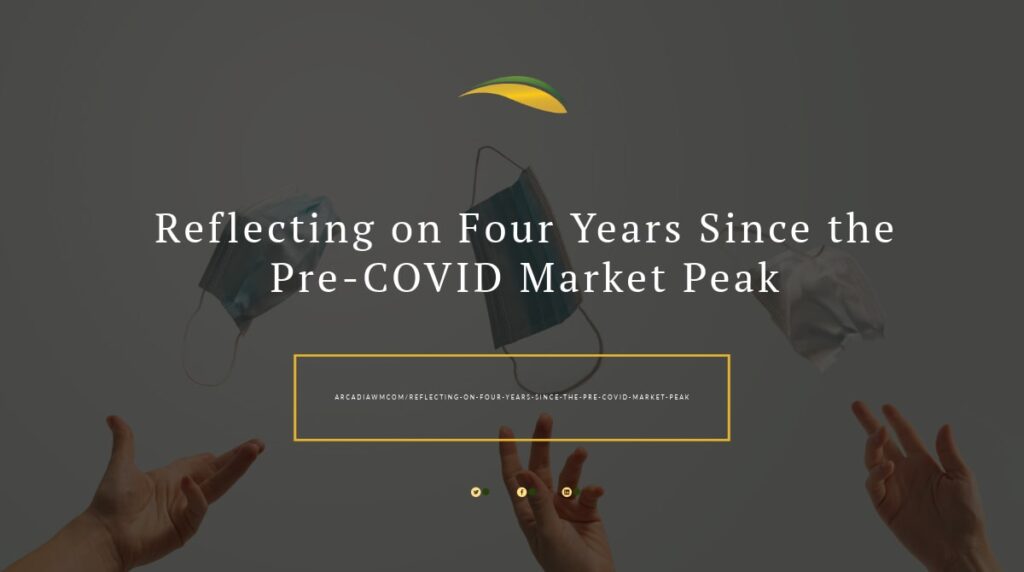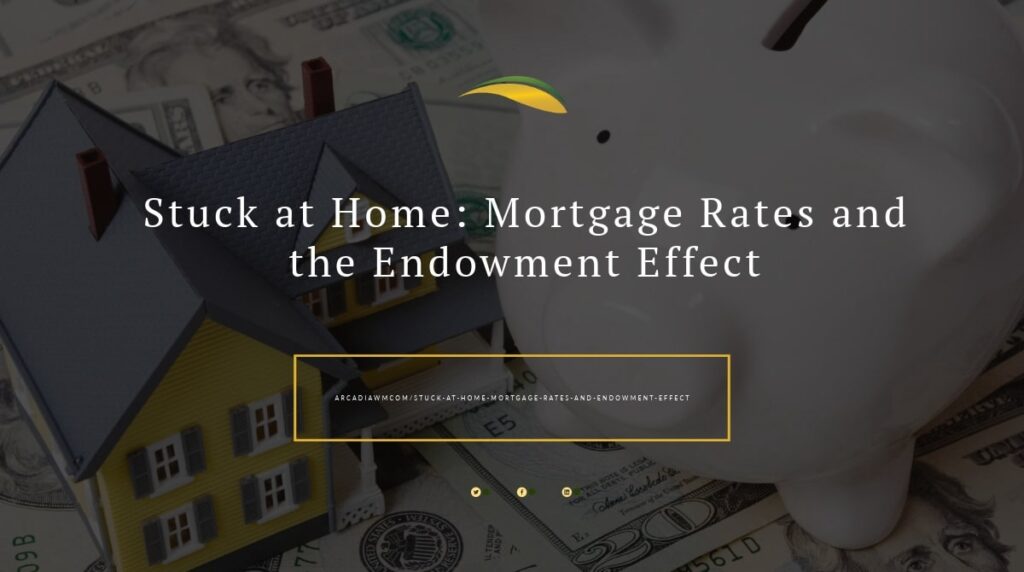Whether it’s a fun night out with friends or investment returns, it’s natural to have a fear of missing out (aka FOMO). As companies rise to become some of the largest firms, the performance that got them there can be impressive. But just because the largest companies gain attention in the headlines, it doesn’t mean they can maintain performance over the long term.
With the extraordinary performance of FAANG stocks (Facebook, Apple, Amazon, Netflix, and Google) and other firms like Microsoft and Tesla over recent years, investors may wonder if this performance will continue into the future. However, it’s important to remember that there are two components of investment returns: the expected return and the unexpected return. Expectations about future performance are already incorporated into market prices today. Positive news may add additional price appreciation, but those unexpected changes are exactly that – unexpected and unpredictable.
Investors may be surprised to learn that it is not unusual for the market to be concentrated in a handful of stocks with an emphasis on “high-tech.” While the definition of “high-tech” is constantly evolving, firms dominating the market have often been on the cutting edge of technology. AT&T, General Motors, and General Electric have each ranked in the top 10 largest stocks in the US for multiple decades. AT&T offered the first mobile telephone service in 1946. General Motors pioneered innovations such as the electric car starter, airbags, and the automatic transmission. General Electric built upon the original Edison light bulb invention, contributing to further breakthroughs in lighting technology, such as the fluorescent bulb, the halogen bulb, and the LED. So technological innovation dominating the stock market is not a new normal; it is an old normal.
Historically, firms that have joined the impressive list of Top 10 largest stocks enjoyed a strong run-up on their way to the top 10, but have on average lagged the market in subsequent years. Exhibit 1 illustrates this. The average annualized return for these stocks over the three years prior to joining the Top 10 was nearly 25% higher than the market. In the three years after, the edge was less than 1%2. Five years after joining the Top 10, these stocks were, on average, underperforming the market. Extend the time frame out to 10 years and the gap was even wider – a stark turnaround from their earlier advantage.
To a degree, anxiety about missing out on an opportunity is inevitable. Some asset managers are even trying to capitalize on this instinct by launching their own ‘FOMO funds.’1 But investing this way can lead to a dangerous cycle of emotions and trading. Fear of missing out can lead to buying securities to chase recent financial markets performance, which can lead to panicked selling if that performance doesn’t continue. The cycle can repeat itself when a new large name is in the news.
Fortunately, there are ways to curtail the nervousness around missed opportunities. Asking yourself what your goals are is a good place to start. From there, you can work with your advisor to develop a comprehensive plan that is designed to meet these goals in the long term. Anticipate that FOMO will happen but be prepared to maintain discipline.
Diversification can help. There are over 3,000 stocks that trade domestically and over 7,000 additional stocks outside the US. Having broad market exposure ensures that you hold the biggest names, but importantly they’re not all you hold. Being diversified helps you capture the performance of FAANG stocks as well as the next generation of FAANG stocks, whatever they may be.
Exhibit 1
Past performance is no guarantee of future results
In USD. Source: Dimensional, using data from CRSP. Includes all US common stocks excluding REITs. Largest stocks identified at the end of each calendar year by sorting eligible US stocks on market capitalization. Market is represented by the Fama/French Total US Market Research Index. Annualized Excess Return is the difference in annualized compound returns between the stock and the market over the 3-, 5-, and 10-year periods, before and after each stocks’ initial year-end classification in the top 10. 3-, 5-, and 10-annualized returns are computed for companies with return data available for the entire 3-, 5-, and 10-year periods respectively. The number of firm included in measuring excess returns prior (subsequent) to becoming a top 10 stock consists of 39 (54) for 3-year, 38 (53) for 5-year, and 30 (47) for 10-year. Fama/French Total US Market Research Index: The value-weighed US market index is constructed every month, using all issues listed on the NYSE, AMEX, or Nasdaq with available outstanding shares and valid prices for that month and the month before. Exclusions: American Depositary Receipts. Sources: CRSP for value-weighted US market return. Rebalancing: Monthly. Dividends: Reinvested in the paying company until the portfolio is rebalanced.







